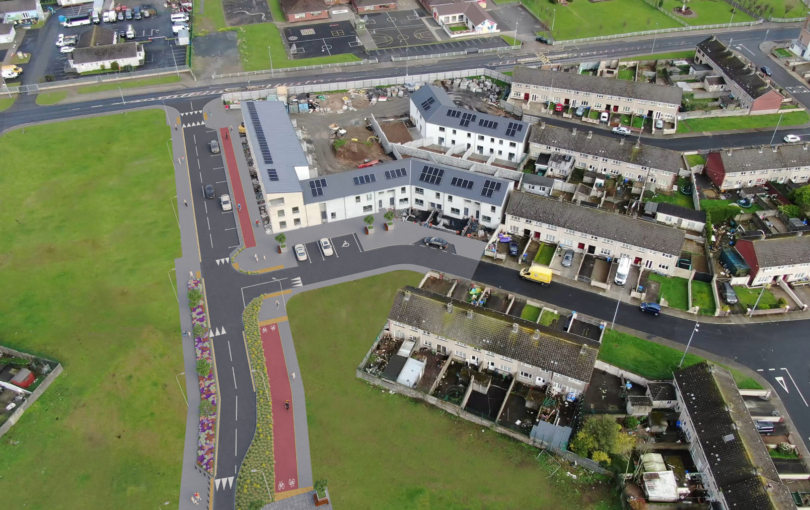We, Limerick Cycling Campaign, are making the following recommendations for the Education Sector for the Limerick/Shannon Metropolitan Transport Strategy (LSMATS). See our response to the Draft Strategy, calling for a ministerial review, and our subsequent open letter
Our education recommendations are:
- Safe, segregated cycling routes to all primary, secondary and further and higher educational institutions by 2025.
- The implementation of School Streets and School Zones by 2025.
- Specific cycling modal shift targets for each education sector.
- The completion of all Primary routes in the identified Cycle Network Study within the first year of implementation with a full rollout of the secondary and connecting routes by 2025.
- Annual updating of the targets achieved and measures needed to address shortcomings with regular meetings including active travel advocacy groups and education stakeholders.
Here is a breakdown of each of our recommendations:
1. Safe, segregated cycling routes to all primary, secondary and further and higher educational institutions by 2025.
The 2009 National Cycle Policy Framework promised safe, segregated cycling routes to all primary, secondary and third level educational institutions by 2020. That results have been dismal with little to no safe, segregated networks to schools developed by 2020. With the clear knowledge that school traffic is the primary factor in rush hour congestion, routes to school must be prioritised and front-loaded in the implementation plan with an initial focus on schools above 500 pupils in 2021 with all other schools completed by 2025. This requires a clear plan with specific KPIs to ensure this essential goal is not missed yet again.
2. The implementation of School Streets and School Zones by 2025.
The School Streets initiative is the concept of restricting motorised traffic outside schools at drop off and pick up times to make it safer for children. Trials have seen a significant shift to active travel modes and improvements in air quality. LSMATS needs a commitment to identifying and rolling this out to all schools over 500 students in the area in the first year, and a full roll out to all qualifying schools by 2025. Plans must also focus on residential communities whose quality of life is currently severely negatively impacted by school gate traffic problems.
3. Specific cycling modal shift targets for each education sector.
Education needs its own section within LSMATS with a clear and specific modal shift target for cycling. We need annual measurement of targets for schools and an annual updating of the plan to ensure targets are being met. If action needs to be undertaken to amend plans it must be done quickly and effectively to deliver these targets. Resources such as bike parking and training should be funded and provided on an ongoing basis to ensure barriers to cycling at each school or institution are eliminated in line with the proposed modal shift target.
4. The completion of all Primary routes in the identified Cycle Network Study within the three years of the implementation with a full rollout of secondary and connecting routes by 2025.
The 2015 Arup Limerick Metropolitan Cycle Network Study identified the required routes to develop a proper safe, segregated network. This document has essentially been lifted and dropped directly into the LSMATS Draft Plan. Progress on this Cycle Network Study has been glacially slow to date. To fully connect all education institutions it is essential that it is frontloaded within the LSMATS plan, with the primary routes delivered within the first three years and the remaining secondary and connecting routes delivered by the end of 2025. Special consideration should be given to secondary routes that connect to education institutions and these should be prioritised in this section of delivery.
5. Annual updating of the targets achieved and measures needed to address shortcomings with regular meetings including active travel advocacy groups and education stakeholders.
The lack of concrete KPIs within the LSMATS draft plan are of huge concern. A full plan outlying full delivery of active travel for education over the next 5 years must be prioritised by both the NTA and Limerick Council. To ensure delivery is timely and design is suitable for the needs of the students attending each education institution there should be regular meetings of stakeholders with the team developing and implementing the strategy for active travel for schools. Stakeholders such as active travel advocacy groups and education stakeholders from all education sectors must be included in regular meetings (minimum twice a year) to track progress and inform future developments within the plans.
Also see our health recommendations for LSMATS.



